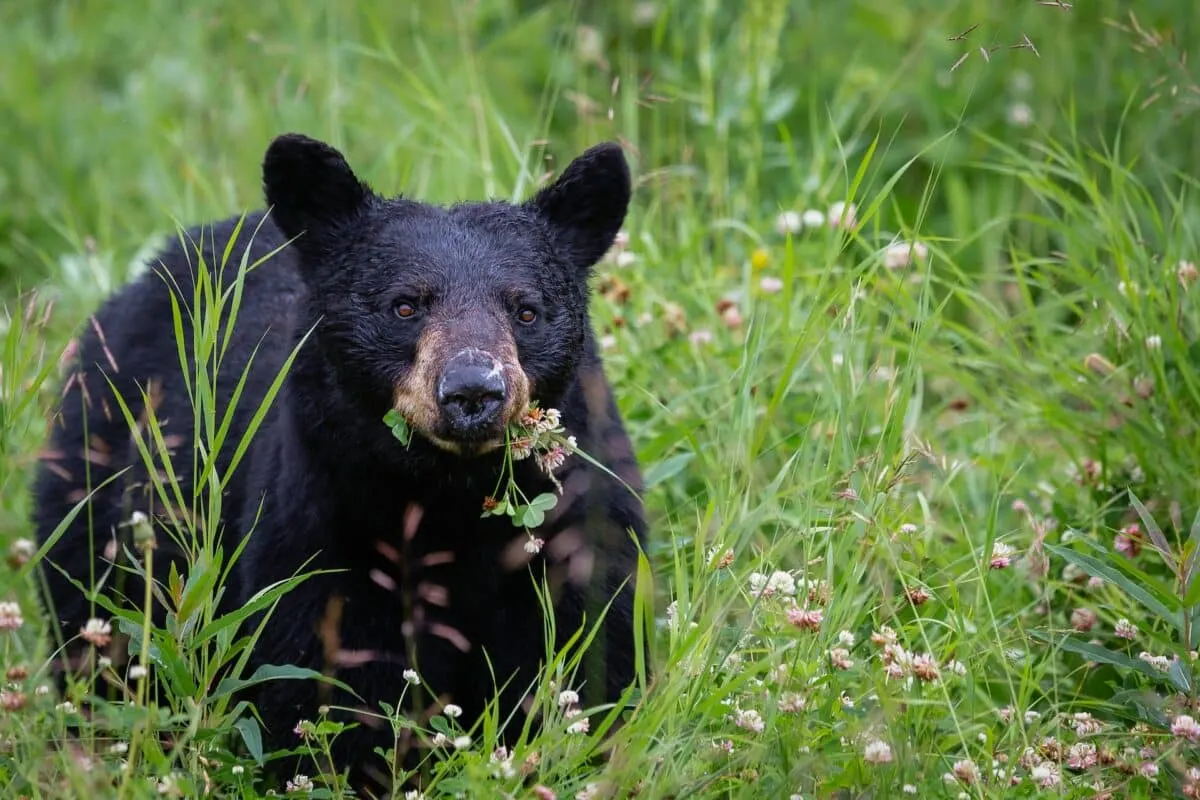Black bears are familiar in upstate New York, where their habitats are as unique as the animals. These creatures, known for their distinctive black coats and curious personalities, have been an important part of the state’s ecosystem for centuries.
With a population of approximately 6,000, black bears can be spotted in various regions of New York, such as the Adirondacks and the Southern Tier. If you are fascinated with these majestic creatures and are eager to expand your knowledge, continue reading.
This article plans to shed light on their significance and challenges. And hopefully, as this article guides you through the process, you will gain a deeper appreciation for these remarkable animals and their impact on the natural environment.
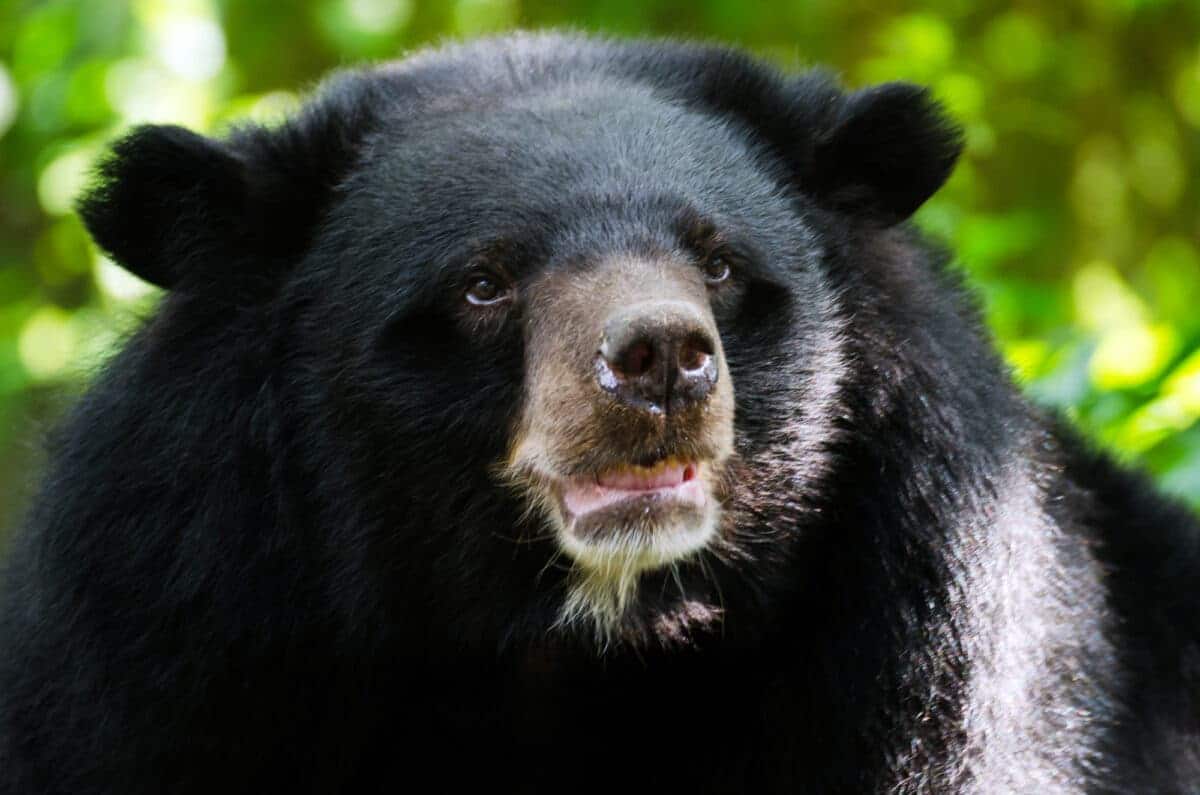
Jump ahead to any section below!
Black Bear Population Facts:
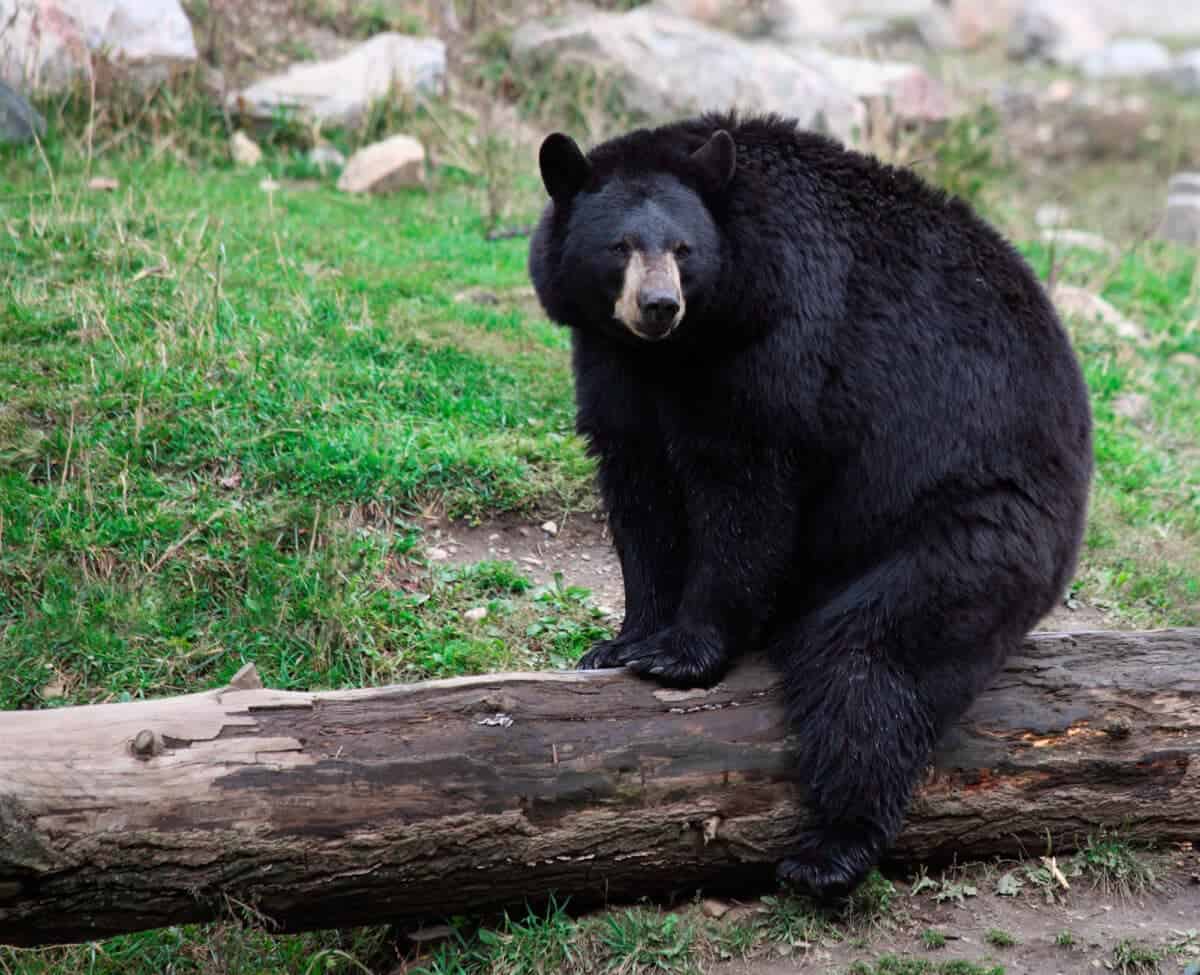
Black bears are one of the most populous large mammals in upstate New York, with a population of approximately 6,000. However, their numbers were not always this high. In the early 1900s, black bears were nearly extinct in New York due to overhunting and habitat loss. Due to this history, many efforts have been made to restore the black bear population, including strict hunting regulations and habitat conservation efforts.
- Population Distribution in Upstate New York:
Black bears are found throughout upstate New York but are most concentrated in the Adirondack and Catskill Mountains, occupying about 50-60% of their range.
These animals can be found in the Adirondack Mountains and the Southern Tier, the Hudson Valley, and other regions across New York state. However, the Adirondack Mountains boast the highest population in the state, with an estimated 3,000 to 4,000 bears in the area.
- Population Growth and Control:
The black bear population in upstate New York has been growing steadily. Part of it is because of conservation, but also because changes in land use patterns have resulted in more forested areas, ideal habitats for black bears.
However, with an increasing population comes the need for effective management to prevent overpopulation and conflicts with humans. Hunting is one way to control the black bear population, and it is closely regulated by the Department of Environmental Conservation (DEC).
The DEC also works with communities to educate them about coexisting with black bears and how to avoid conflicts arising from their interactions with humans.
Check out Wikipedia for more information on black bear habitats and conservation efforts.
Characteristics and Behavior of Black Bears:
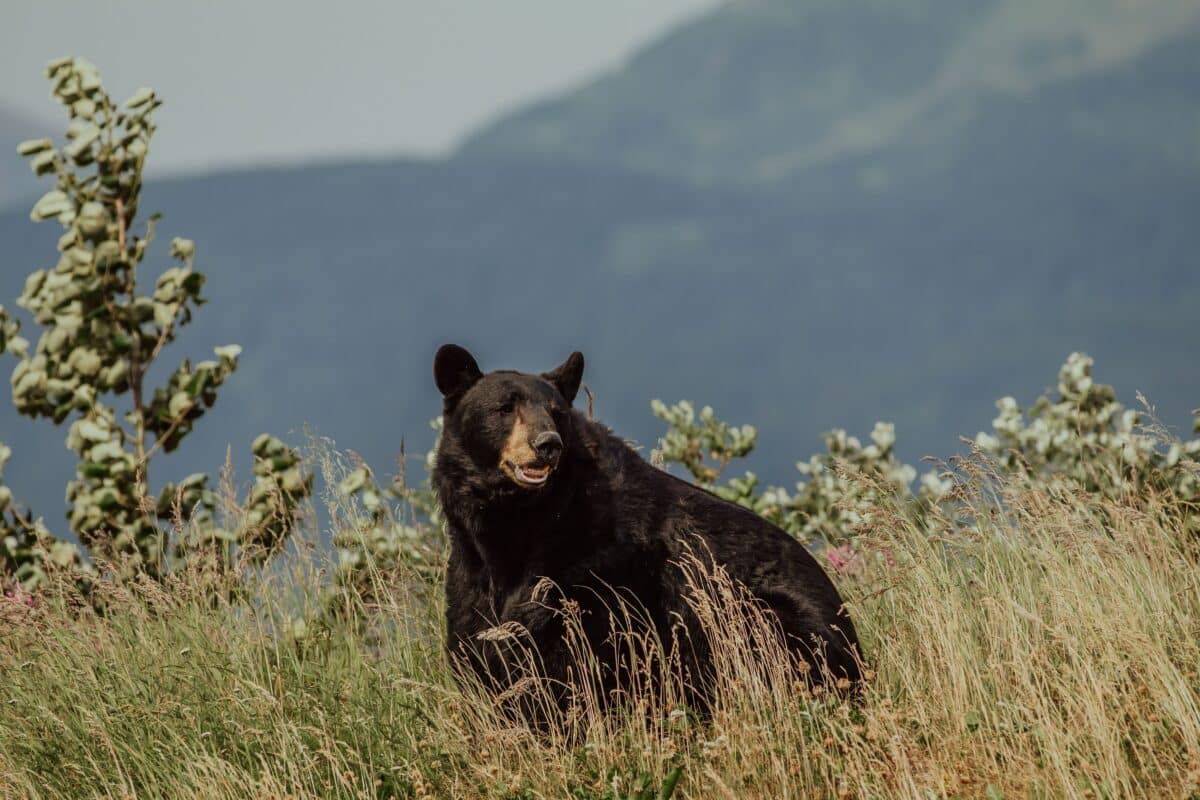
Black bears are fascinating creatures with unique physical and behavioral characteristics that set them apart from other animals. Here are some key facts about black bears in upstate New York:
- Physical Characteristics:
Black bears are typically black but can also have brown, blonde, or cinnamon-colored fur.
Their fur coat keeps them warm in cold weather, and they can weigh up to 500 pounds. Black bears have strong jaws and sharp claws for digging, climbing, and defending themselves.
- Behavior:
Black bears are typically solitary animals but are also social and sometimes gather in groups, especially around food sources. They are omnivores and eat various foods, including berries, nuts, insects, and small animals.
In upstate New York, black bears may also raid garbage cans, bird feeders, and beehives for food.
- Hibernation:
Black bears in upstate New York hibernate during winter, typically from November to April. During hibernation, black bears enter a state of torpor, where their body temperature, heart rate, and breathing slow down to conserve energy. They do not eat or drink during hibernation, relying on stored fat reserves for sustenance.
- Communication:
Black bears communicate with each other through a variety of sounds and body language. They use vocalizations like grunts, moans, and woofs to communicate with other bears, and they also rely on scent markings and body languages, such as ear position and body posture, to convey information.
For more information on black bears, check out the National Geographic page.
Habitat of Black Bears:
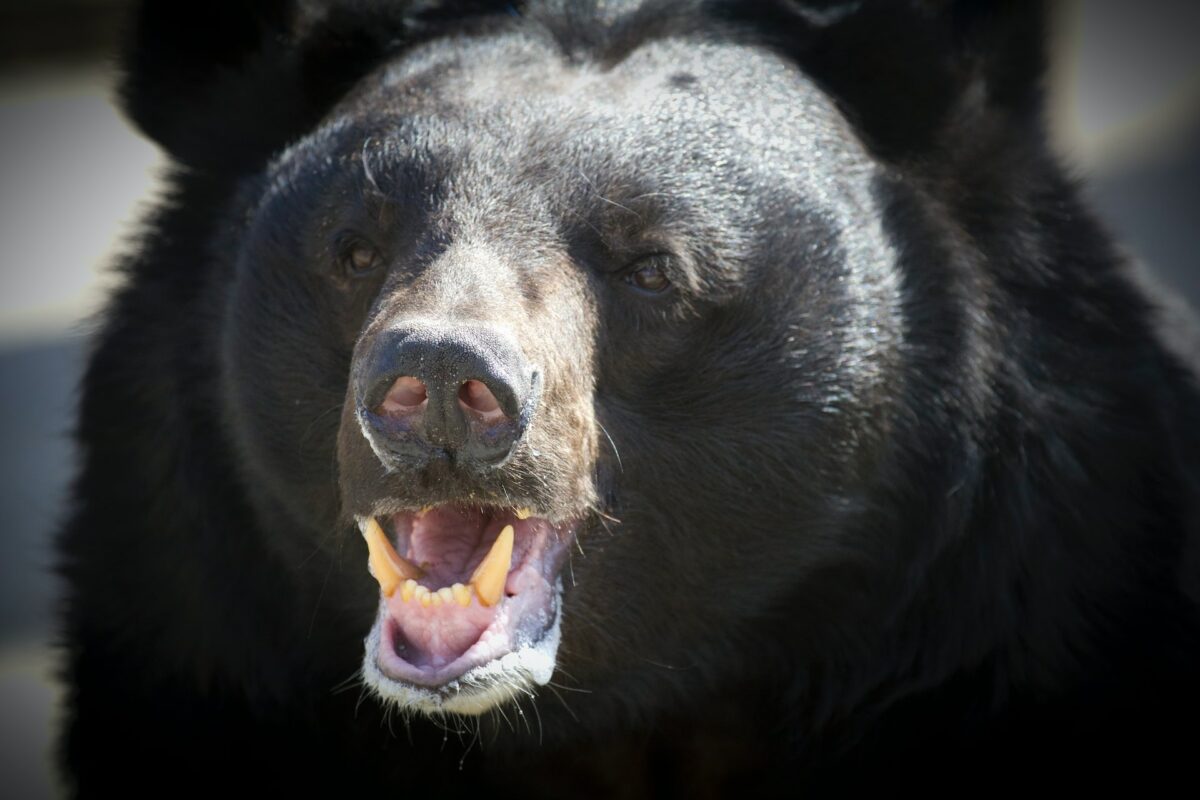
Black bears in upstate New York can be found in various habitats, including forests, wetlands, and suburban areas. Here are some key facts about the habitat of black bears:
- Range:
Black bears in upstate New York have a wide range, with most of the population living in the Adirondack and Catskill Mountains.
Approximately 50-60% of black bears in upstate New York inhabit the Adirondack Mountains. In contrast, the remaining bears are scattered throughout other areas of upstate New York, including the Catskill Mountains and the Southern Tier.
- Habitat Preference:
In upstate New York, black bears prefer forested regions characterized by thick vegetation. However, they are adaptable creatures capable of inhabiting various habitats, including wetlands and agricultural fields.
As a result, these versatile animals can be seen in relatively rural areas and even suburban locations in upstate New York.
- Denning Sites:
Black bears in upstate New York use a variety of denning sites, including hollow trees, rock crevices, and brush piles. Female black bears typically give birth in a den during winter while hibernating.
- Threats To Habitats:
Black bear habitats in upstate New York are threatened by various factors. This includes habitat loss due to human development and climate change. Habitat fragmentation also threatens black bear populations. As it can limit the ability of bears to move between different areas of suitable habitat.
Check out: Discover Ohio’s Most Dangerous Animals.
Conservation Efforts:
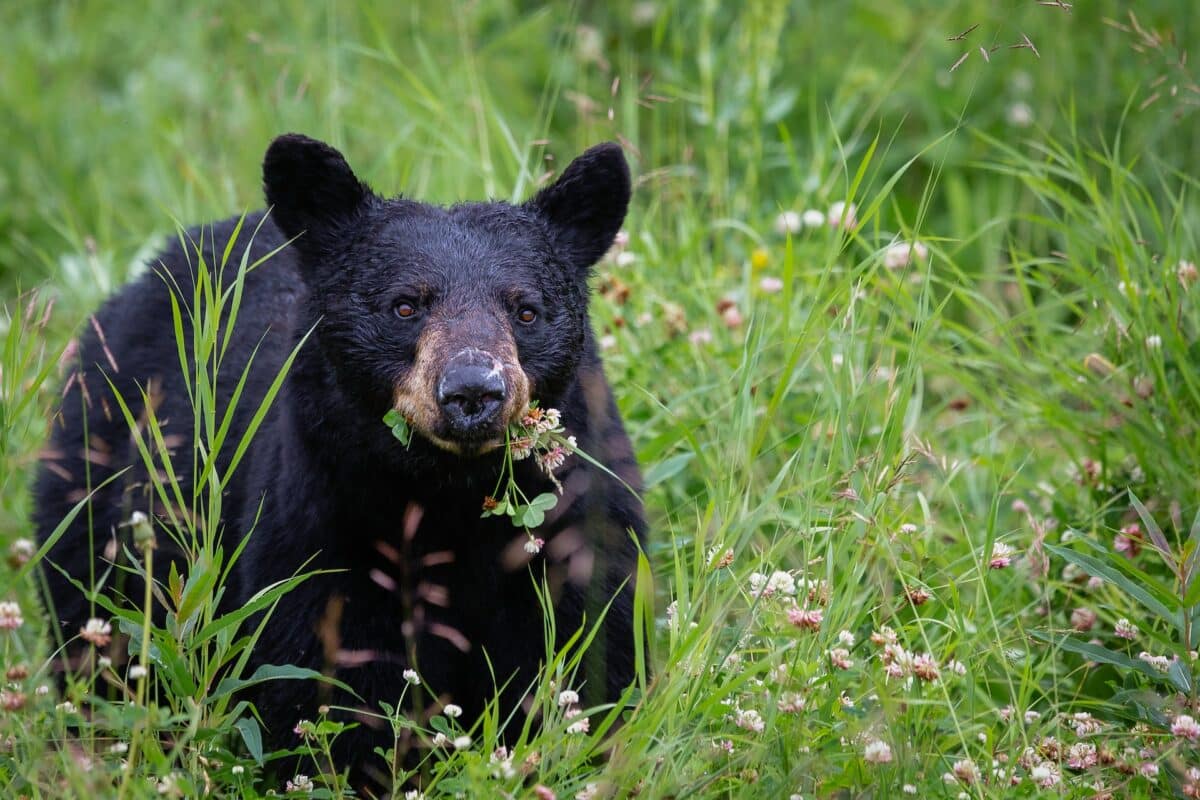
Black bears in upstate New York face an assortment of threats to their existence. Which include habitat loss, hunting, and collisions with vehicles. Here are some key conservation efforts aimed at protecting black bear populations in upstate New York:
- Hunting Regulations:
In upstate New York, black bears are subject to regulated hunting during specific periods to prevent overharvesting and maintain a sustainable population. Hunters are required to obtain permits to participate in black bear hunting.
- Habitat Conservation:
Protecting and conserving black bear habitats is crucial for the long-term survival of black bear populations in upstate New York. Efforts are underway to protect and restore forests, wetlands, and other important habitats for black bears. Habitat conservation efforts also benefit other wildlife species that share similar habitats with black bears.
- Education and Outreach:
Educating people about how to coexist with black bears safely is another important conservation effort. The DEC offers a variety of resources and outreach programs to help people learn about black bear behavior. It also includes how to reduce the risk of human-bear conflicts.
Some key strategies for safely coexisting with black bears include securing trash and other food sources. This can be done by using bear-resistant containers and avoiding feeding black bears.
- Research:
Research is important for understanding black bear populations and behavior and developing effective conservation strategies.
Therefore, researchers are studying the genetics of black bear populations in upstate New York. As well as their movements and habitat use patterns. This information can help guide conservation efforts and ensure effective management strategies.
Check out: Battle Of The Tiny Titans: Mantis Vs. Spider.
Key Points
| Upstate New York is home to a healthy and stable population of black bears, with 50-60% inhabiting the Adirondack region and the rest spread across the Southern Tier and the Catskill Mountains. |
| Black bears are opportunistic omnivores, eating a variety of foods, including berries, nuts, insects, and small mammals. They are intelligent and adaptable animals, capable of problem-solving and social interaction. |
| Black bears require large areas of forested habitat to thrive, and their habitat can be threatened by human development and fragmentation. Conservation efforts, such as habitat preservation and bear-resistant trash cans, have successfully reduced human-bear conflicts and protected black bear populations. |
| Visitors to upstate New York can observe black bears in the wild by visiting parks, wildlife areas, and mountainous regions like the Adirondacks. It is important always to view black bears from a safe distance and never approach or feed them. |
| By learning about black bears and their habitat, we can help protect and preserve these magnificent animals for future generations. There are many resources available for those interested in black bear ecology and conservation, including the National Geographic page on black bears and the Wikipedia page on American black bears. |
The Bottom Line
Black bears are a fascinating and important species in upstate New York. With their distinctive black fur, powerful physiques, and intelligent behavior, they are a symbol of the wildness and beauty of the region.
Despite numerous threats, black bear populations in upstate New York have remained relatively stable in recent years. This is thanks partly to effective conservation efforts.
If you’re interested in exploring black bear habitats in upstate New York, there are many opportunities.
The Adirondack and Catskill Mountains offer some of the best bear-watching opportunities in the region. There are also many parks and wildlife areas where black bears can be seen. Remember always to view black bears from a safe distance and never to approach them or feed them.
All in all, whether you’re a nature enthusiast, a conservationist, or simply someone who appreciates the beauty of the natural world, black bears are a species worth exploring and protecting.
If you enjoyed this article as much as me, check out our related articles below!
Next up: The Wolverine Takes On A Bear, King Of The Jungle: A Showdown Between A Tiger And A Bear, and Discover the Asiatic Black Bear.
Join our Forum for free today!

- Huge Pet Bison Breaks Into House - July 22, 2024
- Giant Black Bear Surprises Beachgoers by Emerging from the Ocean in Florida - July 22, 2024
- Brave Man Plays Instrument While Huge Bear Caresses His Shoulder - July 22, 2024

